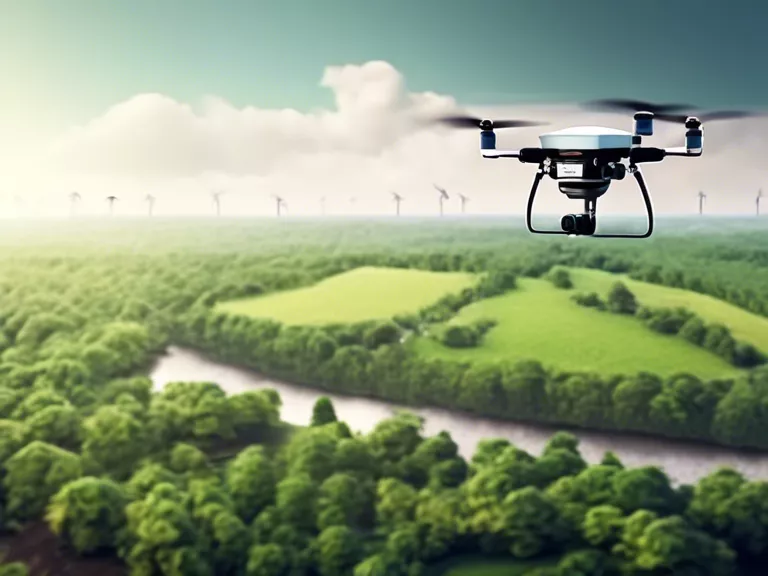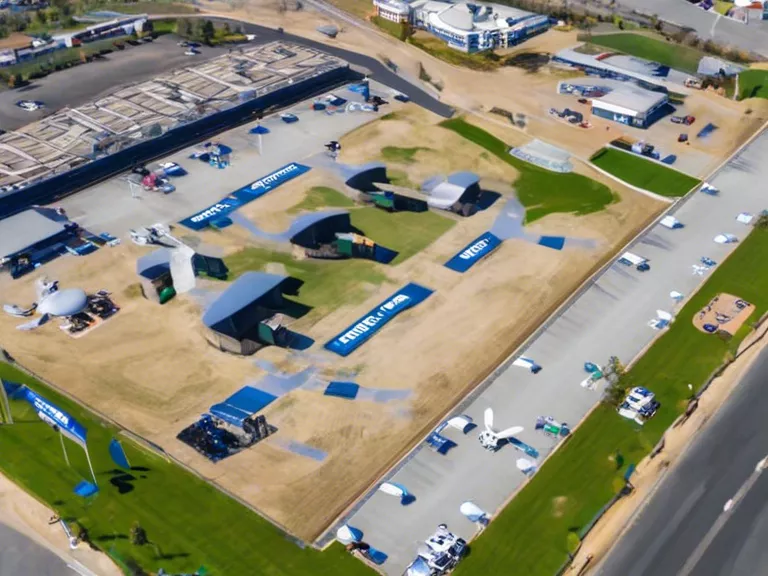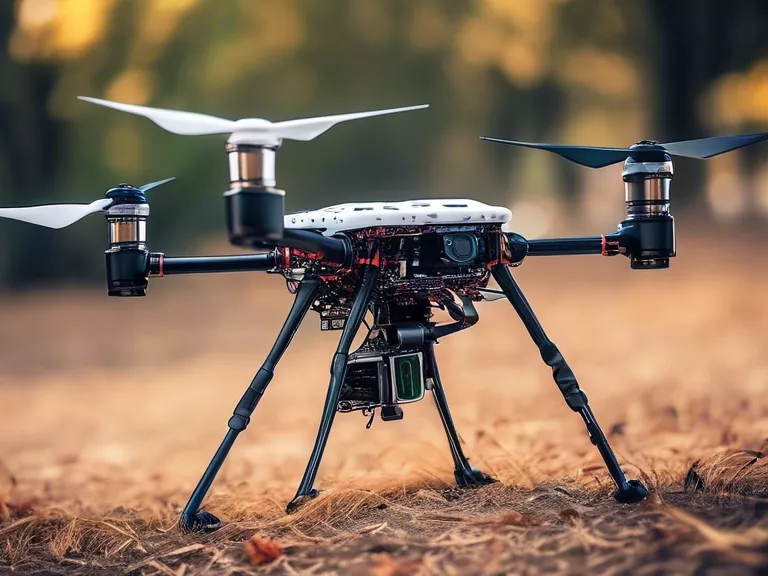
Drones, or unmanned aerial vehicles (UAVs), have emerged as valuable tools for environmental monitoring and data collection. They offer cost-effective and efficient solutions for capturing high-resolution imagery, conducting aerial surveys, and collecting data on various environmental parameters. In this article, we will discuss how drones can be utilized for environmental monitoring and data collection.
Monitoring biodiversity: Drones equipped with cameras and sensors can be used to monitor biodiversity in remote and hard-to-reach areas. They can capture aerial images of vegetation cover, wildlife habitats, and nesting sites. This data can then be used to track changes in biodiversity over time and assess the effectiveness of conservation efforts.
Water quality assessment: Drones can be used to collect water samples from lakes, rivers, and coastal areas for analyzing water quality parameters such as pH, turbidity, and dissolved oxygen. They can also be used to monitor algal blooms, pollution sources, and erosion along shorelines. This information is crucial for managing and protecting water resources.
Tracking deforestation: Drones equipped with thermal imaging cameras and LiDAR sensors can be used to monitor deforestation activities in real-time. They can detect illegal logging, land clearing, and forest degradation, helping to combat deforestation and protect valuable ecosystems.
Disaster response: Drones can be quickly deployed to assess and monitor environmental damage caused by natural disasters such as hurricanes, wildfires, and floods. They can capture aerial footage of affected areas, identify hazards, and map out disaster zones for efficient response and recovery efforts.
Climate change research: Drones can be used to collect data on greenhouse gas emissions, temperature changes, and sea level rise. They can also be used to monitor ice melt in polar regions, track changes in vegetation patterns, and study the impact of climate change on wildlife populations. This data is critical for understanding and mitigating the effects of climate change.
In conclusion, drones offer a versatile and powerful platform for environmental monitoring and data collection. By leveraging the capabilities of drones, researchers, conservationists, and policymakers can gain valuable insights into our changing environment and take proactive measures to protect and preserve it.


